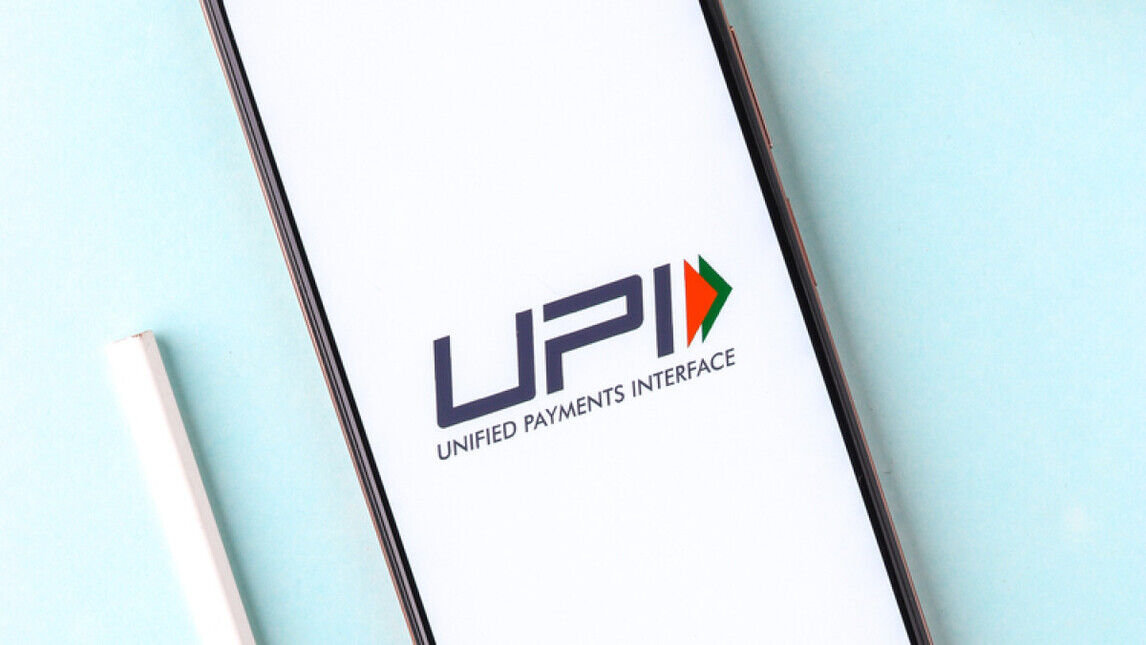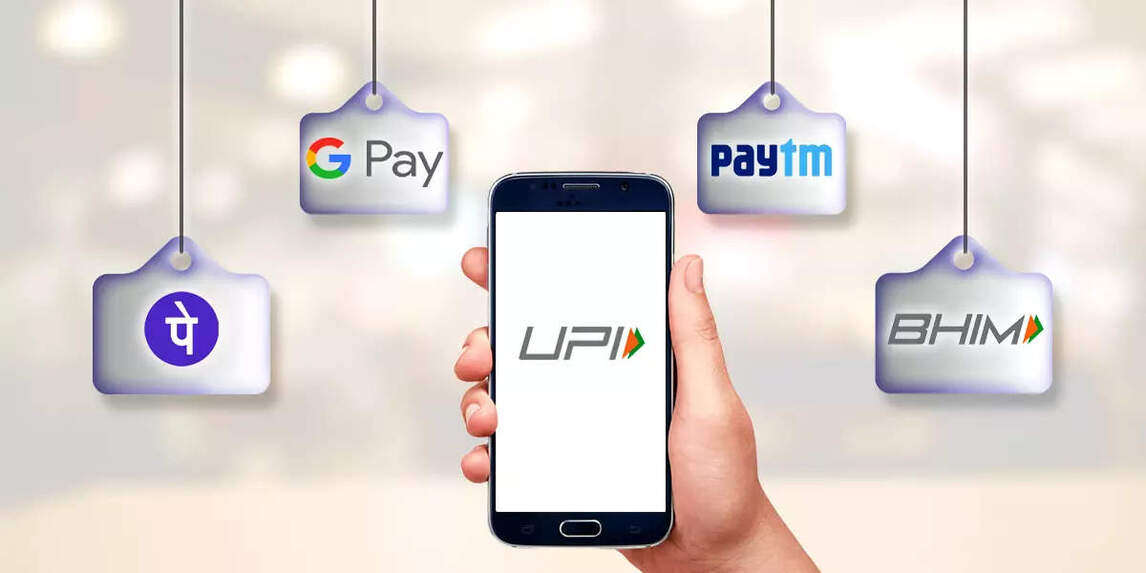UPI Registration Process: A Step-by-step Guide

With the advent of UPI, you can now securely link your bank account to a mobile application. This way, you can conduct transactions using only the recipient's UPI ID. In the post-COVID times, this transfer method has become the best way to send and receive money, done directly from and to your bank account.
If you are wondering how to use the contactless payment method, keep reading this piece on UPI registration.
What Is the UPI Registration Process?

UPI registration refers to the process of someone sending money instantly from their bank account to the recipient's bank account. The concept of UPI is to replace the conventional IMPS/NEFT money transfer methods between banks.
After completing the UPI registration process, the sender can transfer the funds. They can do so by using any UPI payment application in just a few simple clicks.
This is a guide for you on how to do UPI registration:
Step 1: Download the UPI-BHIM app or the UPI app that is compatible with your bank. You can get it from the Google Play Store or the Apple App Store.
Step 2: Choose the language of your choice. Check your cell phone number. Choose your bank and account.
Step 3: Create a profile by providing the necessary information, including your name, virtual ID, and password. Your payment address will be the virtual identity you create.
Step 4: In the Add/Link/Manage Bank Account section of the app, connect your bank's account number to the virtual ID you previously created.
Step 5: Create your MPIN in this step. You will need to use this password to complete the transaction.
Step 6: Your registration is complete.
Things to Consider While Making UPI Transactions
Besides knowing what UPI registration is, here are a few things you should remember while paying through UPI.
Check the UPI ID That You Are Sending Money to
It is quite simple to transfer money using merely the recipient's UPI ID—which resembles an email address and is personal to you—you must first confirm the receiver's authenticity. Each user gets a unique UPI ID when they register on the service.
To be sure that you send the money to the correct individual, simply check their UPI ID before starting the payment. Consult the profile page of your UPI-enabled app if you can't remember your UPI ID.
Your UPI PIN Must Be Confidential
We now understand what a UPI PIN is—it is the code you enter each time you need to complete a transaction. You must remember that without the UPI PIN, nobody else can access your account. It is comparable to an ATM pin that needs to be protected.
As a result, this particular UPI PIN should not be given to anybody, not even those you trust or anyone posing as a customer service representative. Only on the UPI PIN page should you type the UPI PIN. To prevent any financial loss, decline the transaction if you are unsure.
Restrict Recording or Screen-Sharing Apps
You should not grant access to your UPI applications to screen-sharing apps. Your sensitive financial information, such as your passwords and OTPs, may be in danger if you use some unverified apps, which may cause data leaks.
You may always access the settings to prevent such screen-sharing apps from having universal access. Limiting them guarantees that your financial information is secure.
Do Not Use Multiple UPI Apps
You only need one UPI app for all of your digital transactional requirements. Since UPI offers interoperability, payments may be made easily between different platforms, banks, and apps. No need to use numerous UPI apps.
Update the UPI Apps Regularly
Every time an update for your UPI app becomes available, you should install it immediately. Security fixes included in upgrades make your app safer to use and less vulnerable to security breaches.
Choose UPI ID over Phone Number to Do Remote Transactions
When sending money remotely, you should request the recipient's UPI ID or the QR code for payments. It's not always a good idea to send money via a phone number because there's a chance that you will type it incorrectly. Before paying the whole amount, you might want to send a test amount—let's say, ₹ 1—to the beneficiary to confirm the transaction.
Avoid Sharing UPI Information Before Payments
It is important to note that using UPI apps to receive payments does not require a QR code or UPI PIN. Such credentials are only required when transmitting money. Hackers will frequently phone you or email you a link asking you to download a third-party app for verification. Never follow such calls or click on such links.
Keep in mind that banks will never phone you and request your PIN, OTP, or any other sensitive information. If you give in to such uninvited attempts, you risk giving unauthorised individuals access to your financial information.
This is all the information regarding UPI registration. If you face any issue with your payments or transactions, you can report it immediately on the UPI app through their help centre. To experience the UPI method better, use apps with a lower failure rate and perform well with your bank.
FAQs about UPI Registration Process
How many attempts can one make for UPI registration?
If you enter a wrong UPI PIN more than 3 times, you will have to wait for 24 hours or reset your PIN before making your next transaction. You will not be able to send or receive money during this time.
Can a bank reverse a UPI transaction?
The bank only acts as a facilitator. Thus, unless it has approval from the beneficiary, it will be unable to reverse a transferred amount.
How long does it take to complete the UPI registration process?
If you have all the requirements ready, UPI registration should take a maximum of five minutes. For this, your mobile number should be linked to your bank account.

